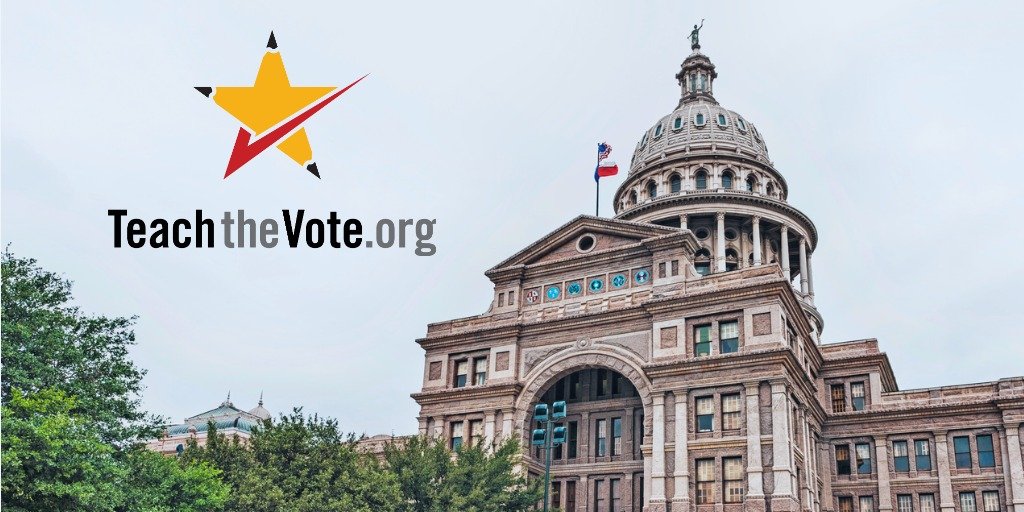Op-ed: The plan to defund and eliminate public schools has already begun

Date Posted: 7/26/2024 | Author: Heather Sheffield
The Heritage Foundation's Project 2025 document has been making headlines and stirring up social media debates with its proposed policy agenda for former President Donald Trump’s potential return to the White House. In the public education realm, Project 2025 proposes eliminating the U.S. Department of Education, cutting federal education funding, and diverting public tax money to private school voucher programs (education savings accounts). Critics say that the goal is to defund and dismantle public education, and a recent Time Magazine op-ed argues that sadly the process is already in motion through widespread public school closures and the prioritization of funding for private and charter schools over public schools.
Authors Jessica Alcantara and Laura Petty work for the Advancement Project, a civil rights organization. In their article, Alcantara and Petty highlight school closures across the country, including in San Antonio, and argue these closures are part of a long-standing effort to undermine public schools in a way that is disproportionately affecting Black and Latino communities by stripping them of vital access to educational resources. This trend is exacerbated by district leaders closing schools in response to a budget crisis and shrinking enrollment, often without evidence that closures alone save money, unless they are paired with significant staff cuts. Instead, these closures frequently harm academic outcomes, particularly for low-performing students, and disrupt community access to essential services provided by neighborhood schools.
Research has shown that school closures lead to negative long-term effects, such as decreased post-secondary education attainment, employment, and earnings. The closures force families to travel farther, making it difficult to engage with school communities and access extracurricular activities. The closures often result in the loss of community gathering places that offer social services and participation in the voting process, impacting the ability to conveniently vote in elections ranging from local representation on school boards all the way up to the ballot for president.
As the article suggests, there are more equitable and effective solutions for addressing shortfalls, such as involving multiple stakeholders in budget decisions, conducting community-led assessments of school usage, and integrating equity requirements into closure proposals. The optimal solution, of course, is for state and federal governments to fully and equitably fund public schools, ensuring they serve all students, instead of diverting funds to private and charter schools—away from the schools tasked with providing access to educational opportunity to all students.
We must ask ourselves what the motivation is to enact a plan that undermines the institutions, exemplified by public education, that helped create the American middle class and dramatically expanded prosperity for millions of Americans, and we must ask these questions now. The plans detailed in Project 2025, like those espoused by state leadership to enact a voucher program in Texas, should be a call to action for those who care about public education. We must push lawmakers to provide better funding and resources instead of accelerating efforts to dismantle public education.
CONVERSATION
RECOMMENDED FOR YOU

01/16/2026
Teach the Vote’s Week in Review: Jan. 16, 2026
Learn where the candidates stand on Texas public education, and encourage candidates in your area to complete ATPE’s 2026 Candidate Survey.

01/16/2026
Voting records, candidate surveys now available on Teach the Vote
Search for candidates by name or by your home address to easily research their record on public education issues.

01/16/2026
New dietary guidelines set to impact school lunches
The information at RealFood.gov will guide federal requirements for school nutrition programs nationwide. Will schools have the funding and flexibility to achieve these goals?


tRump.is following project 2025. Only fools think he is not! The mass stupidity of the republican party is sickening!
You are misleading readers with your article. Trump’s priorities are affiliated with Agenda 47 not project 2025. The real reason for some school closures is stated in your 2nd paragraph citing budget issues and shrinking enrollment. Some of those closures are the result of millions of federal dollars invested in the districts for the students only to be diverted to inflated administration positions and pay. I want facts, not a political persuasive essay.